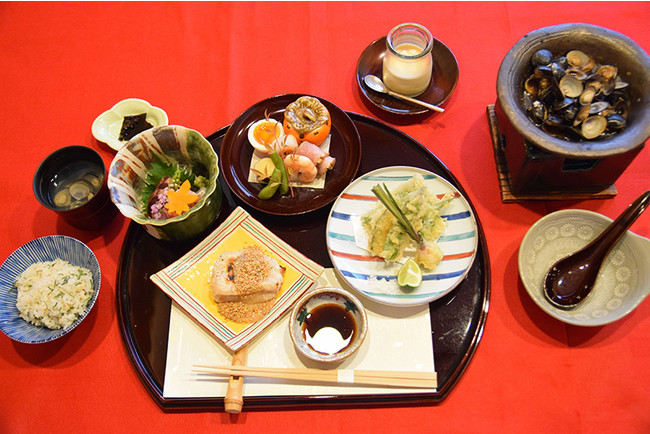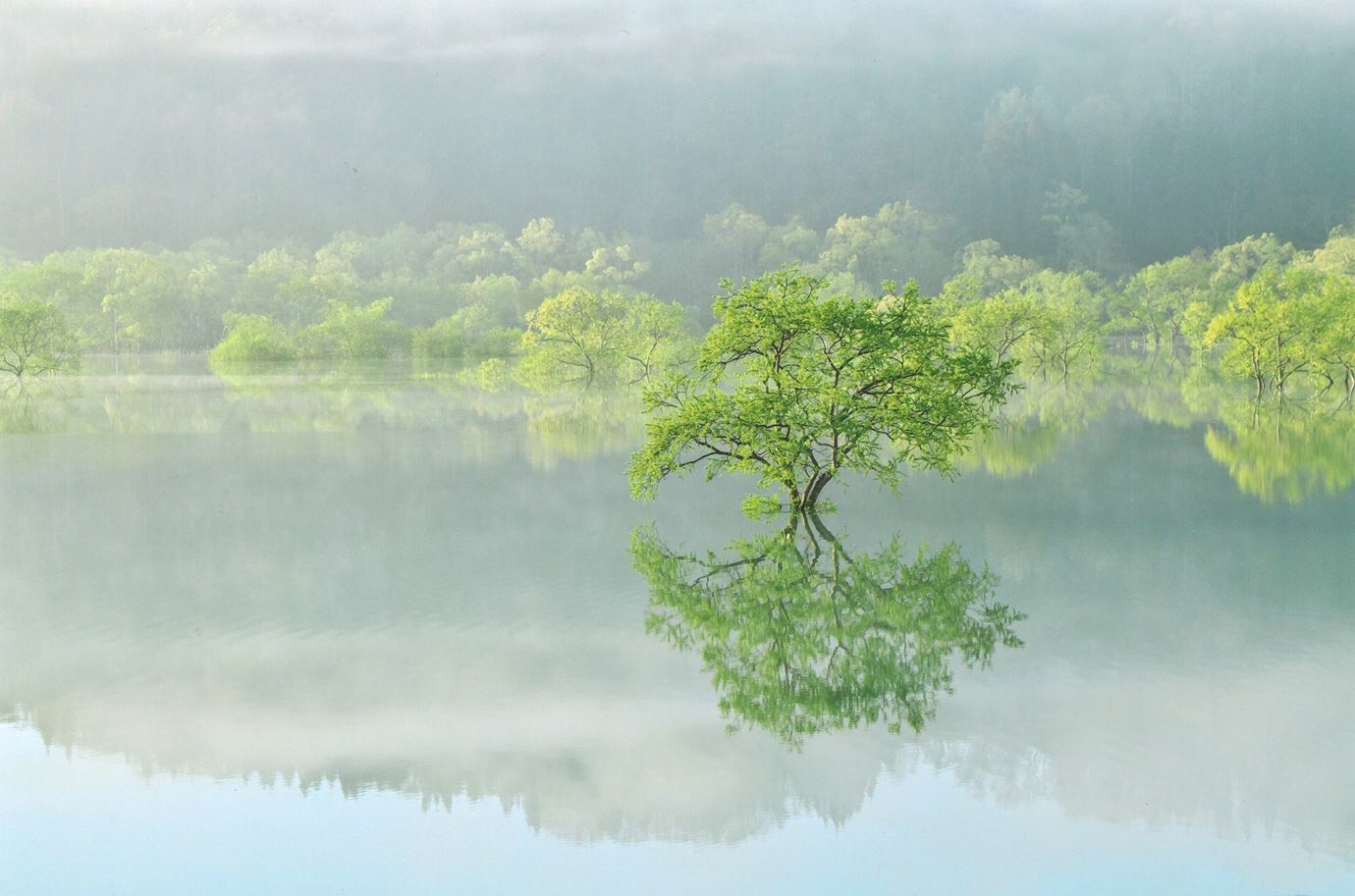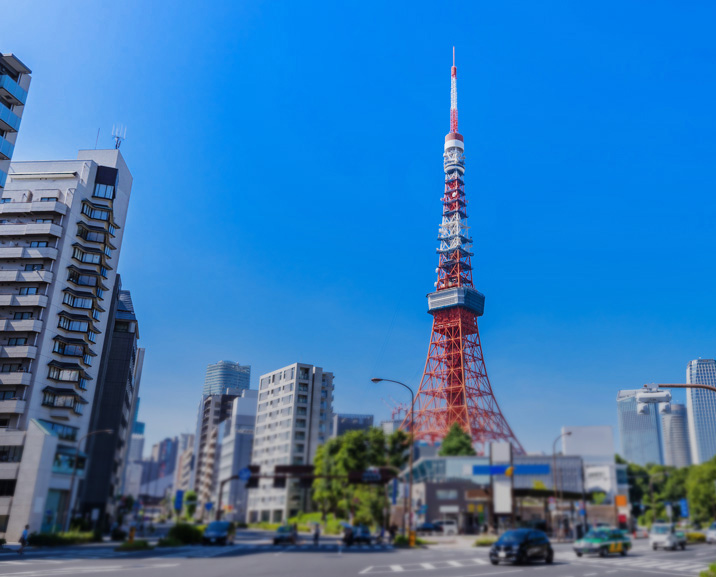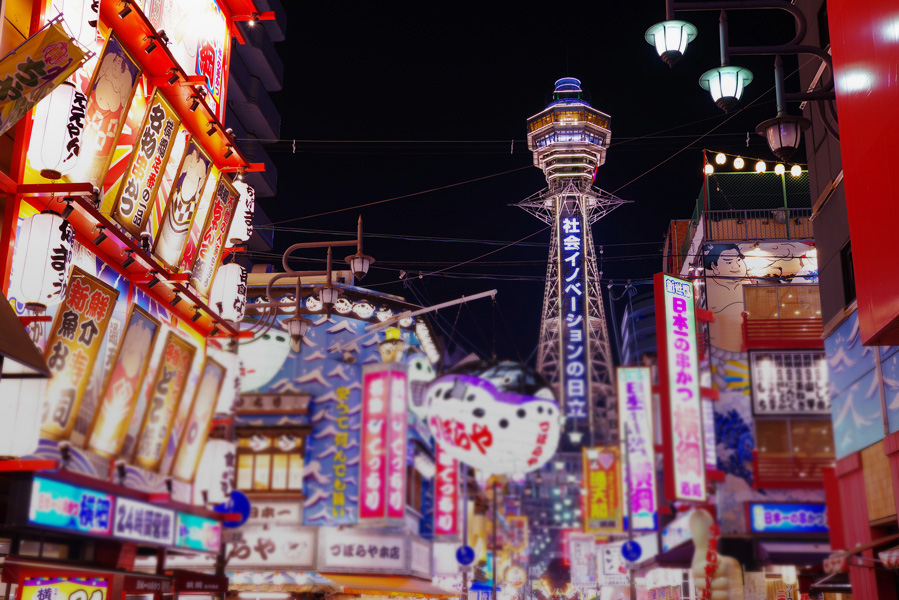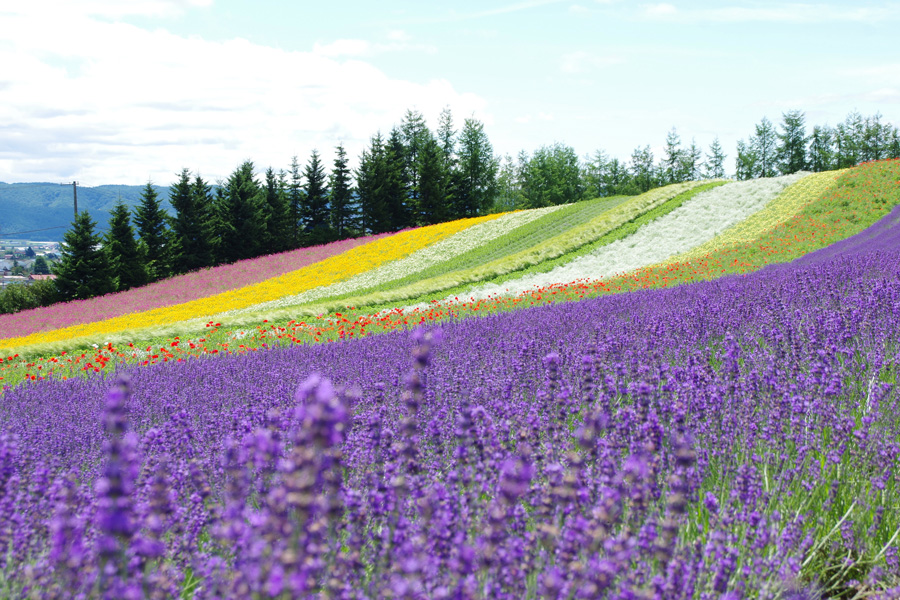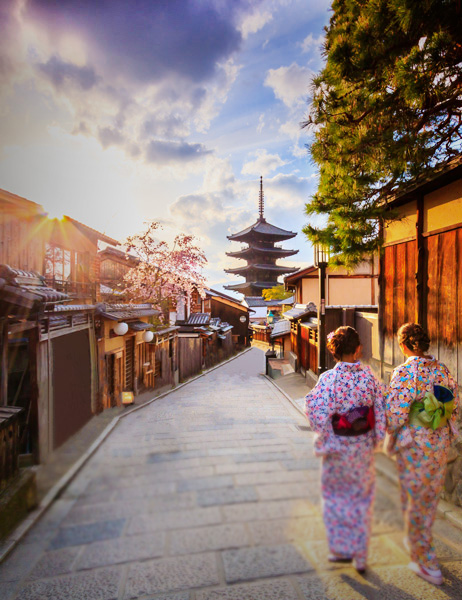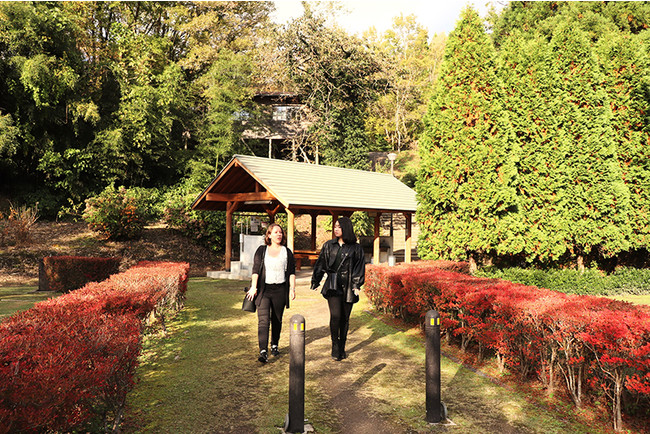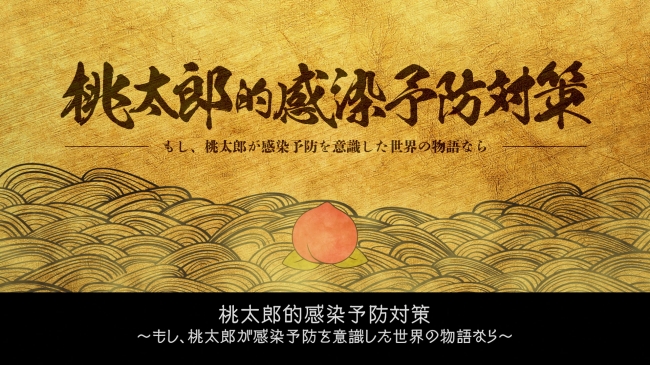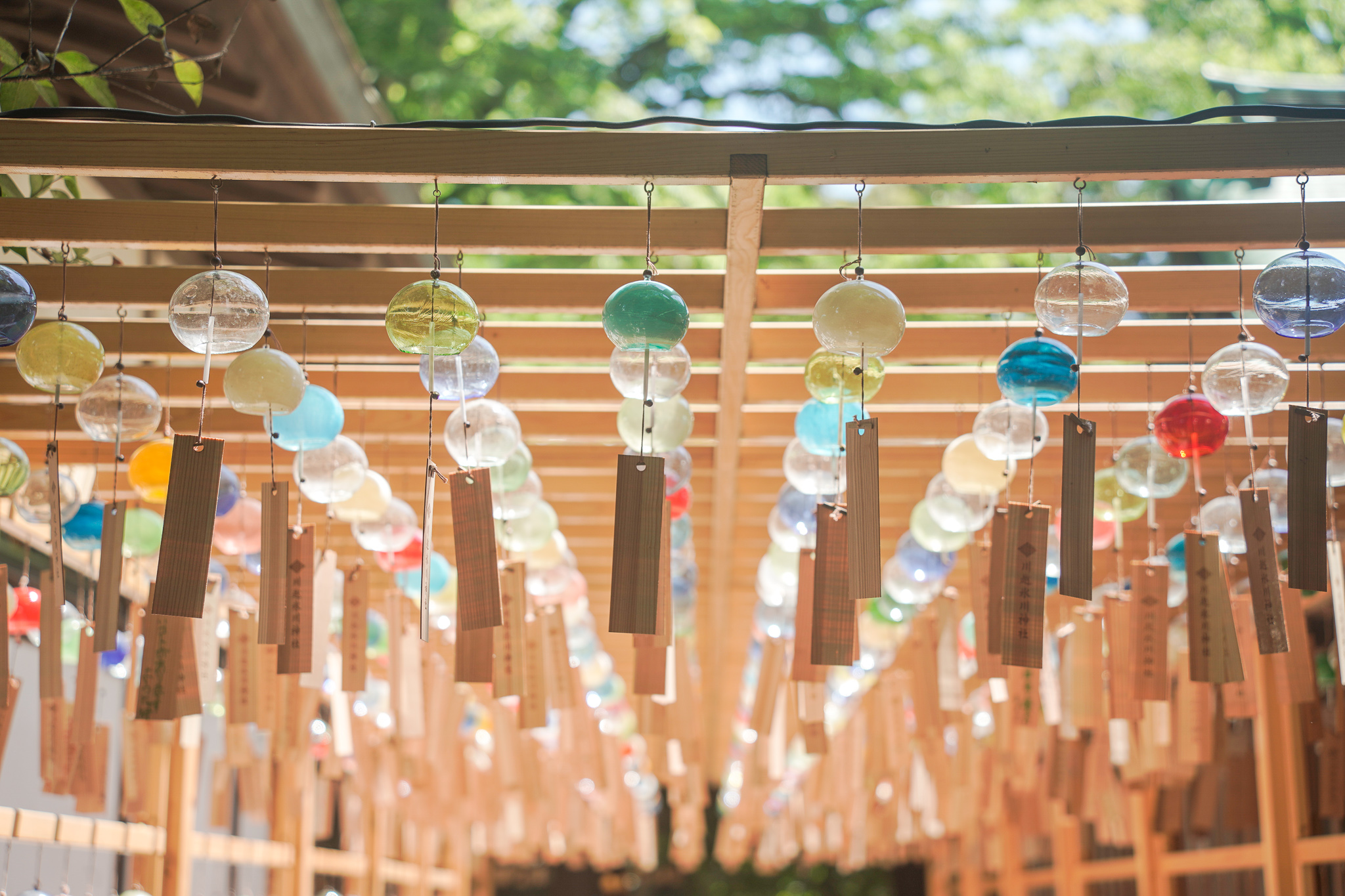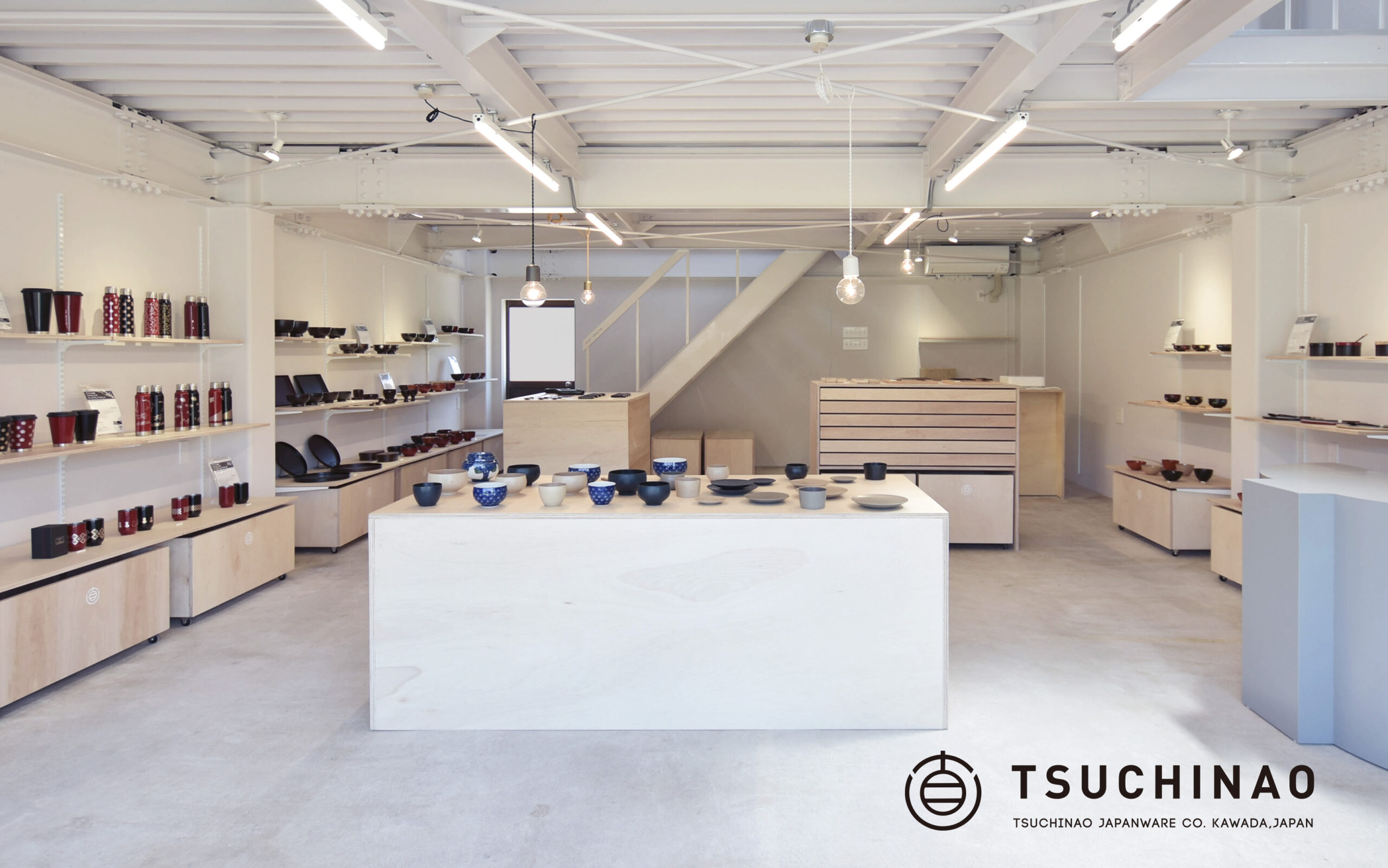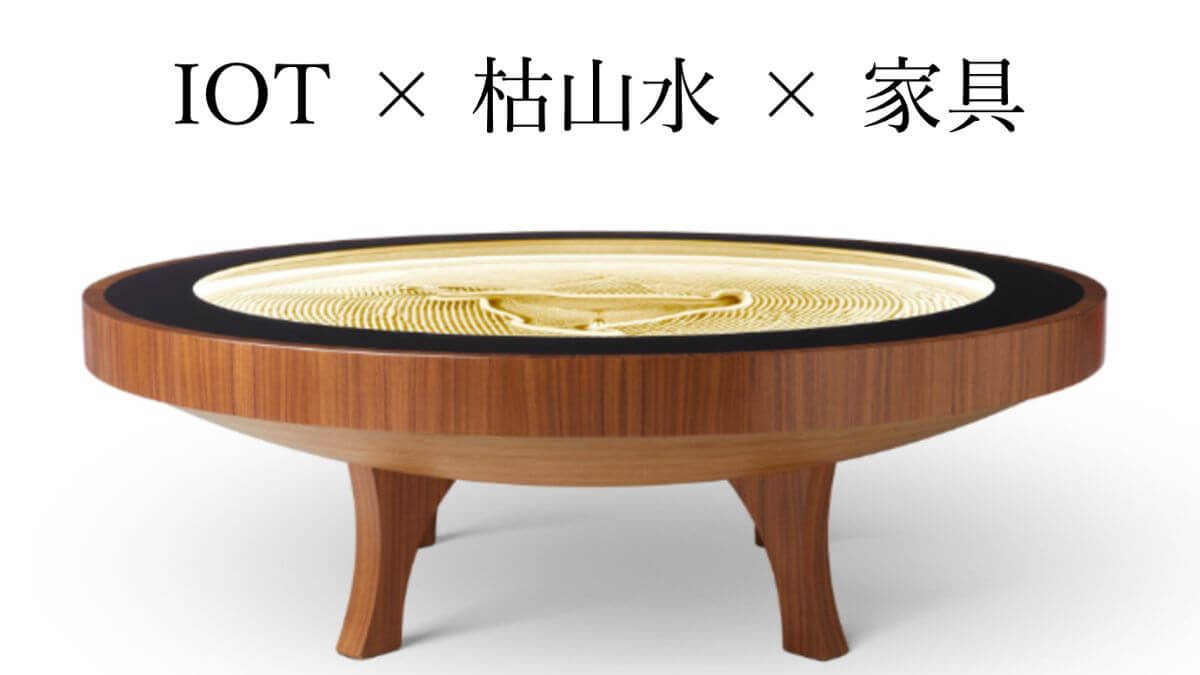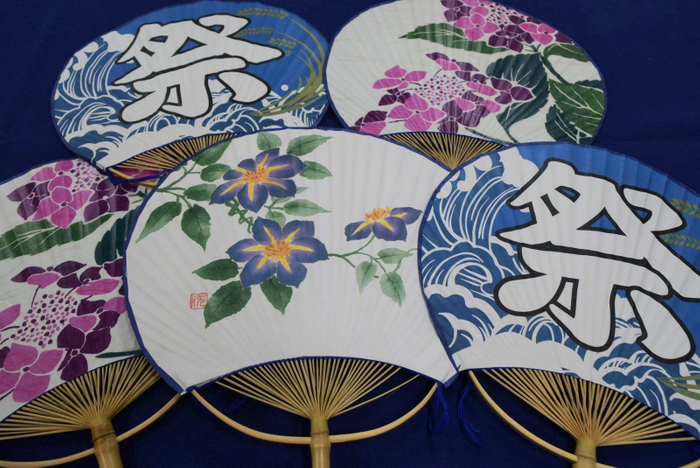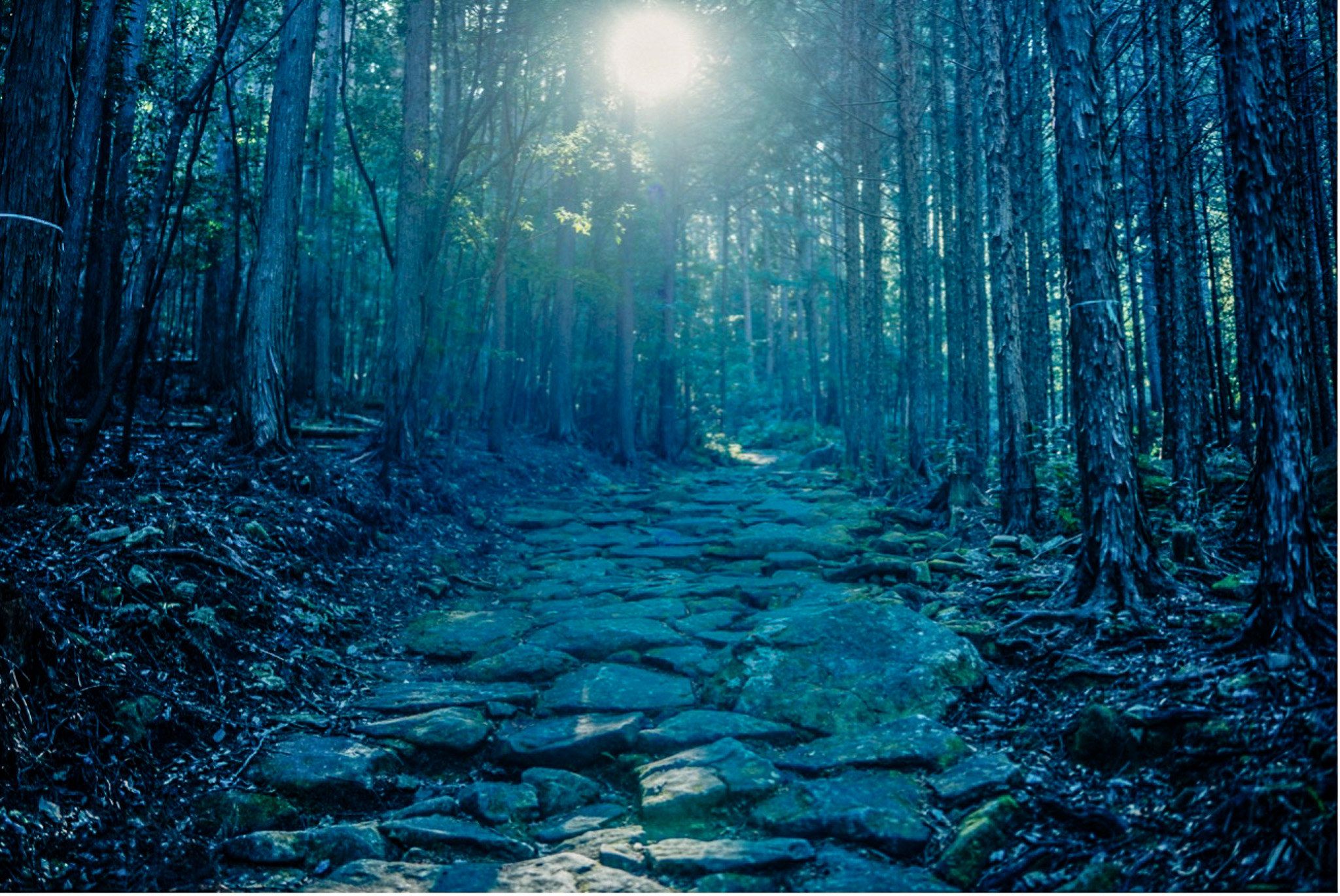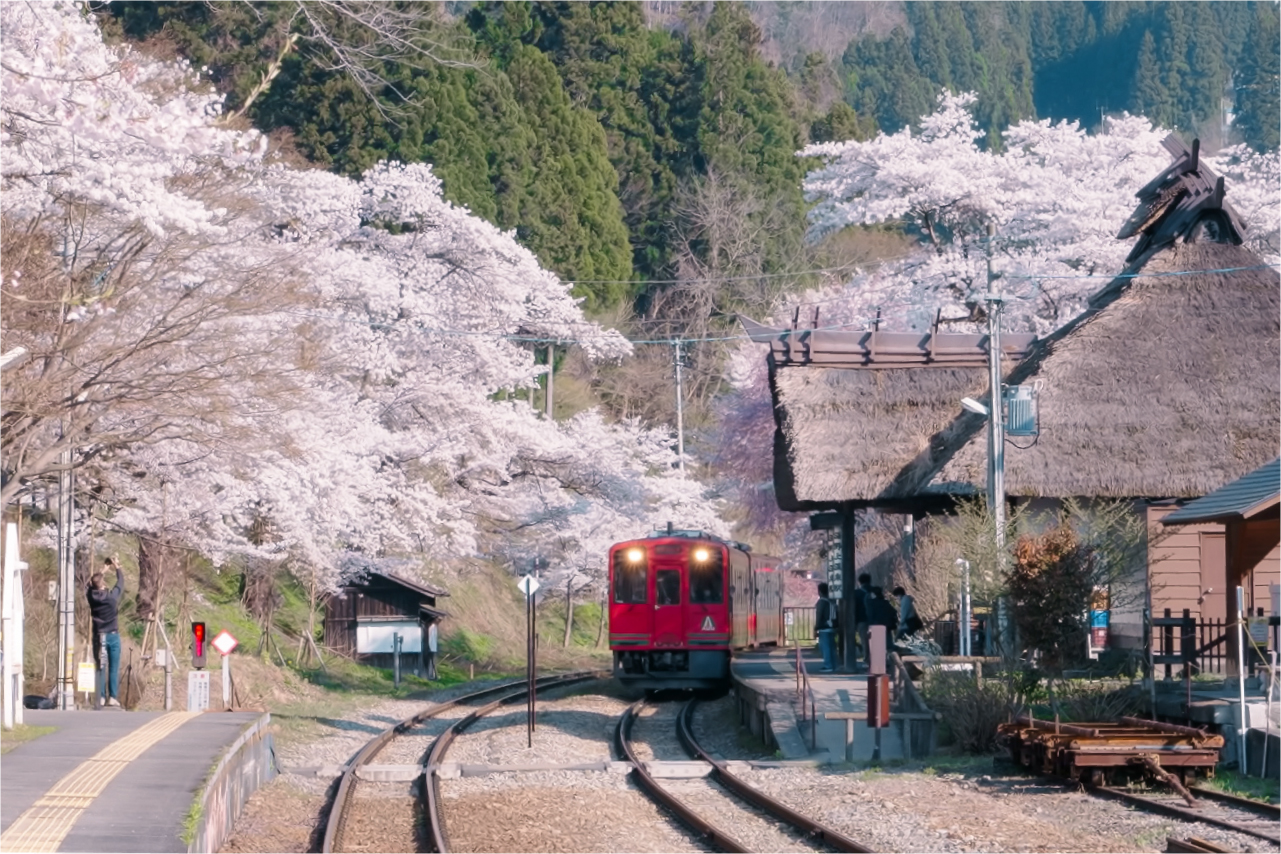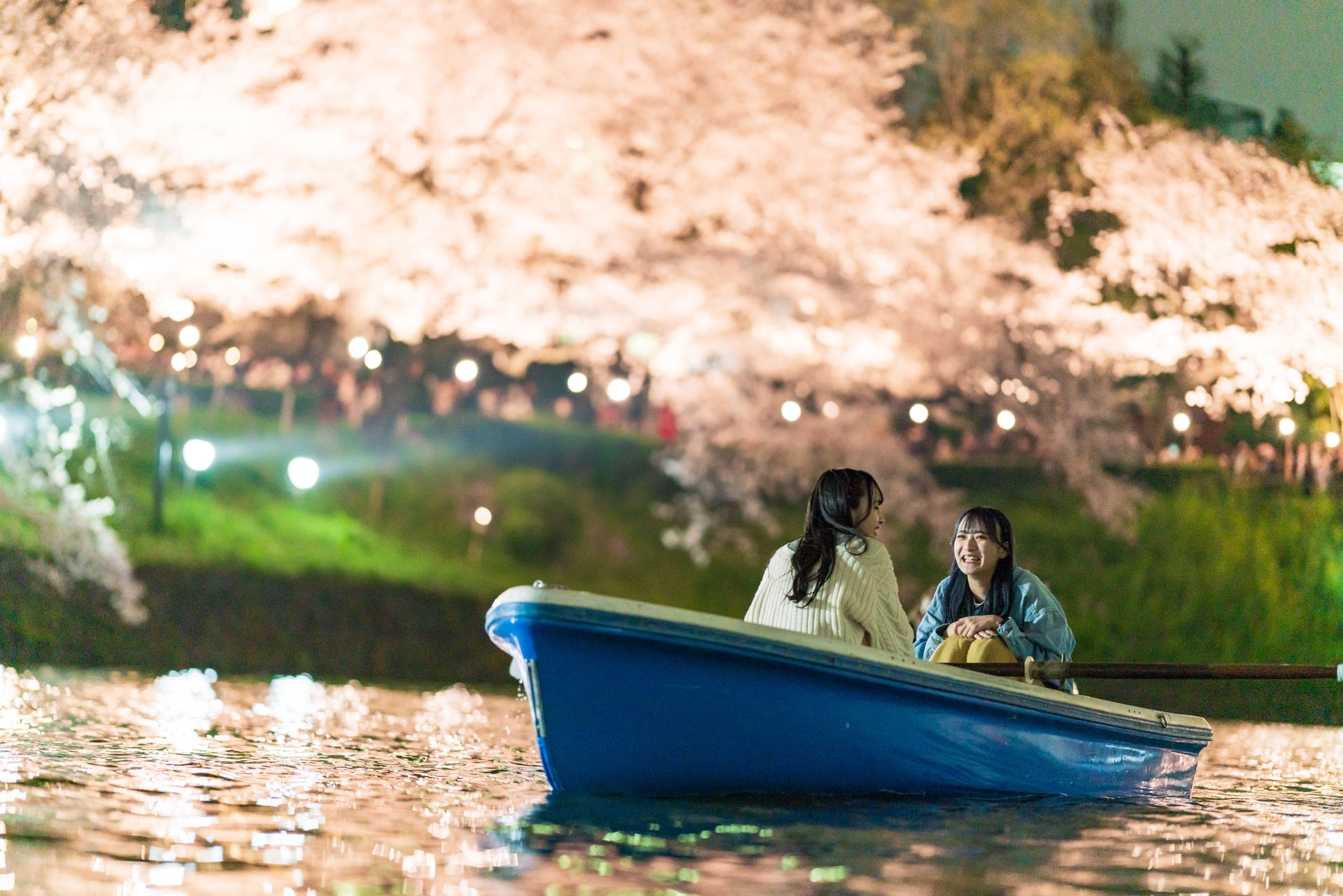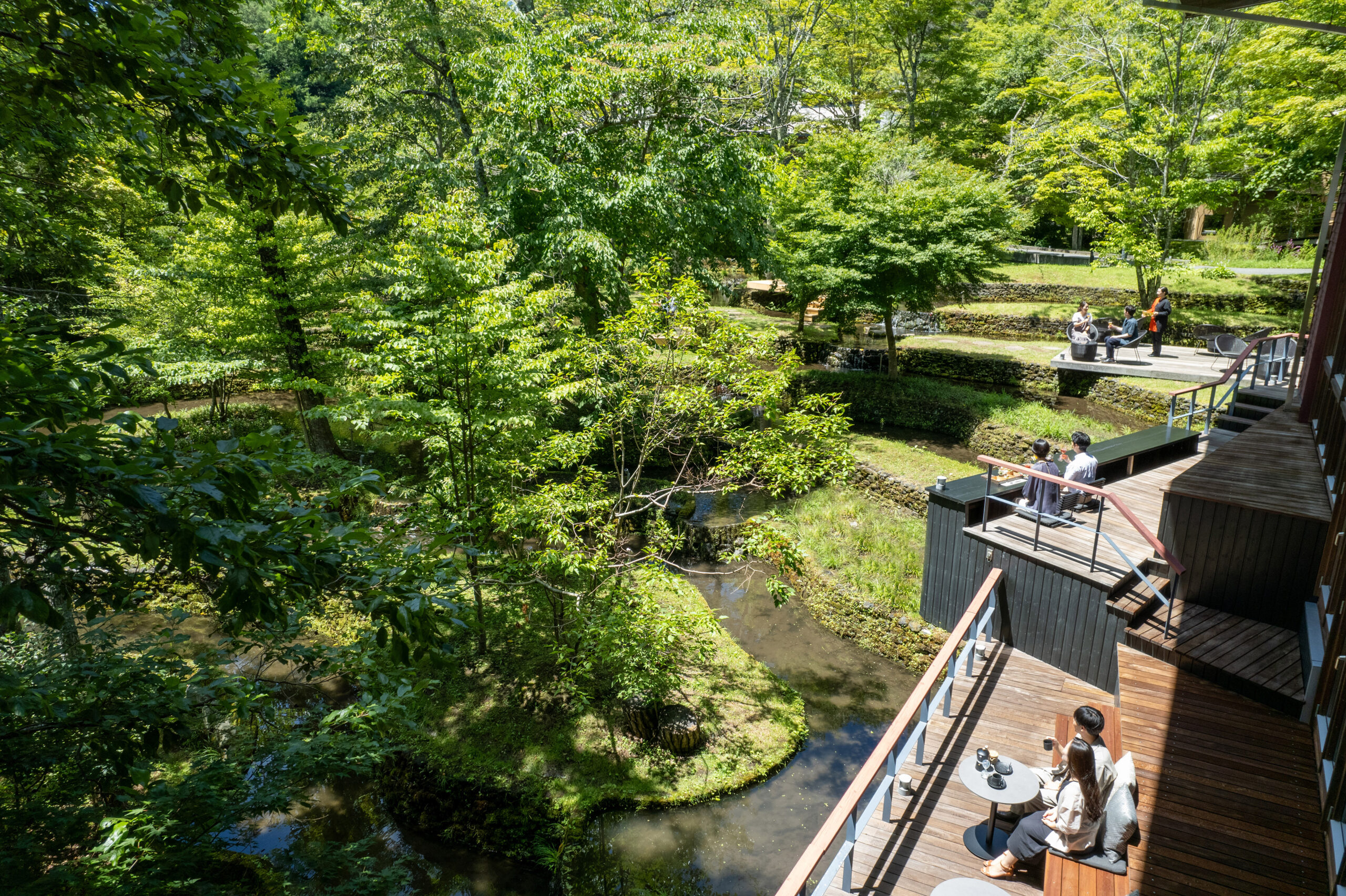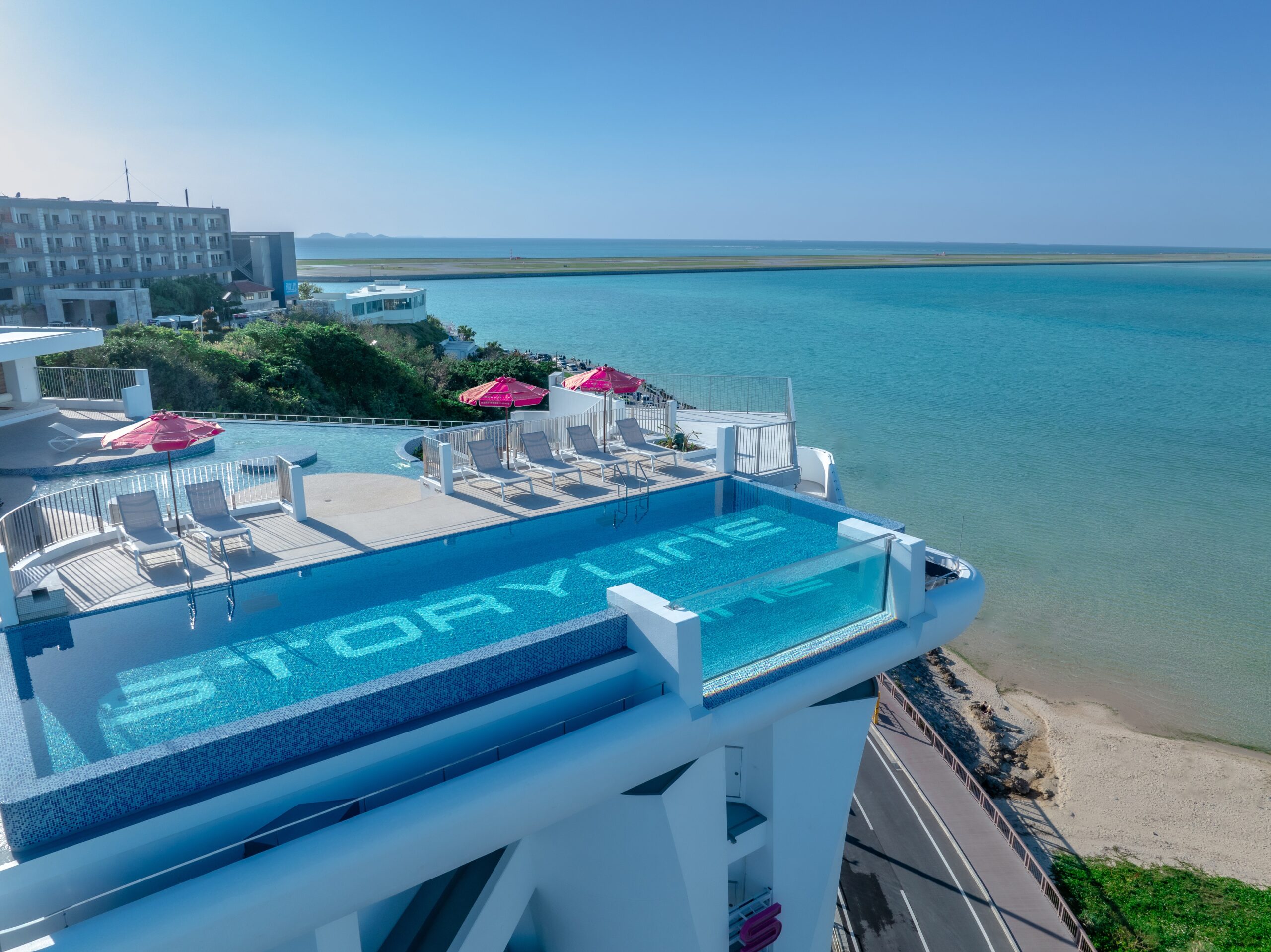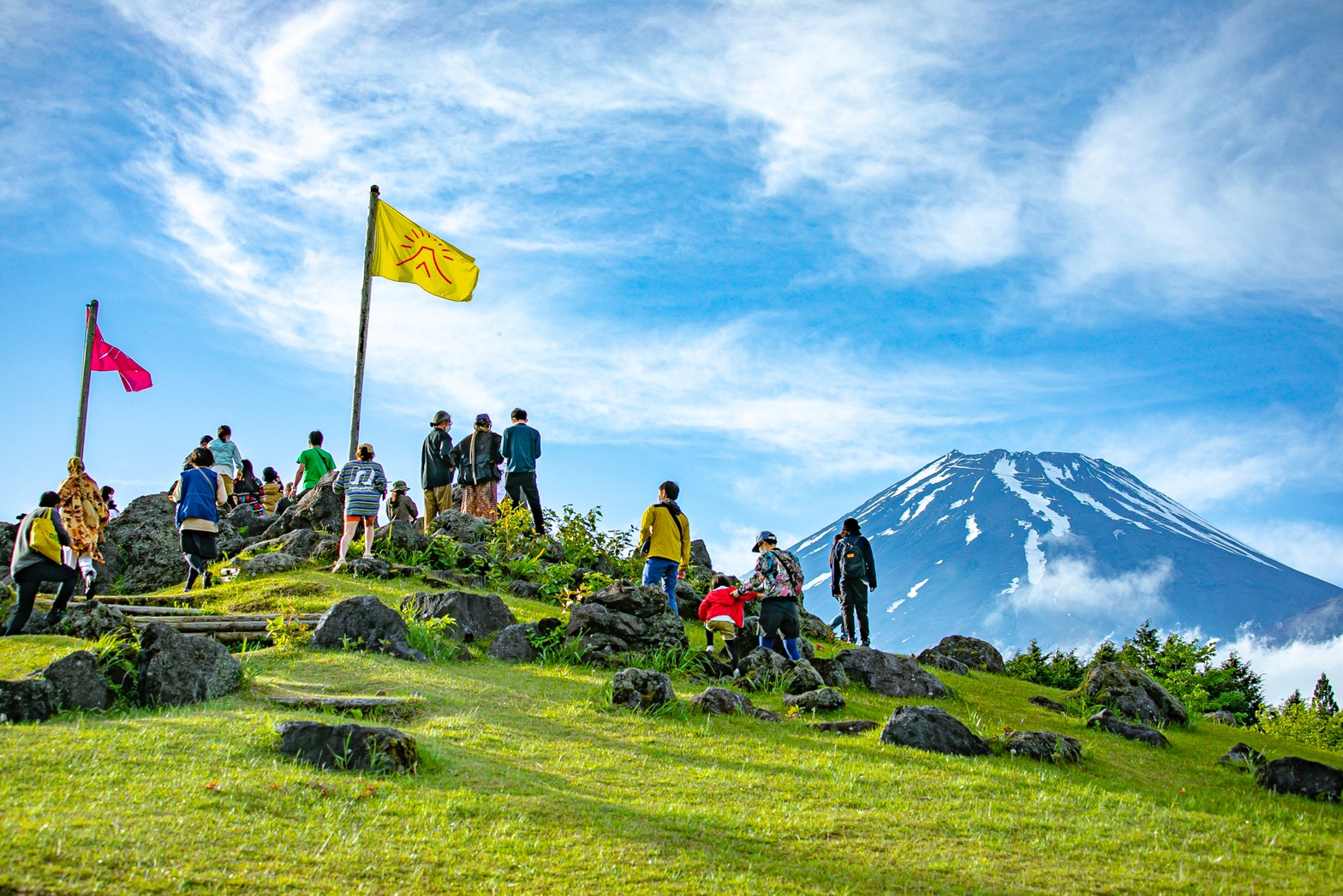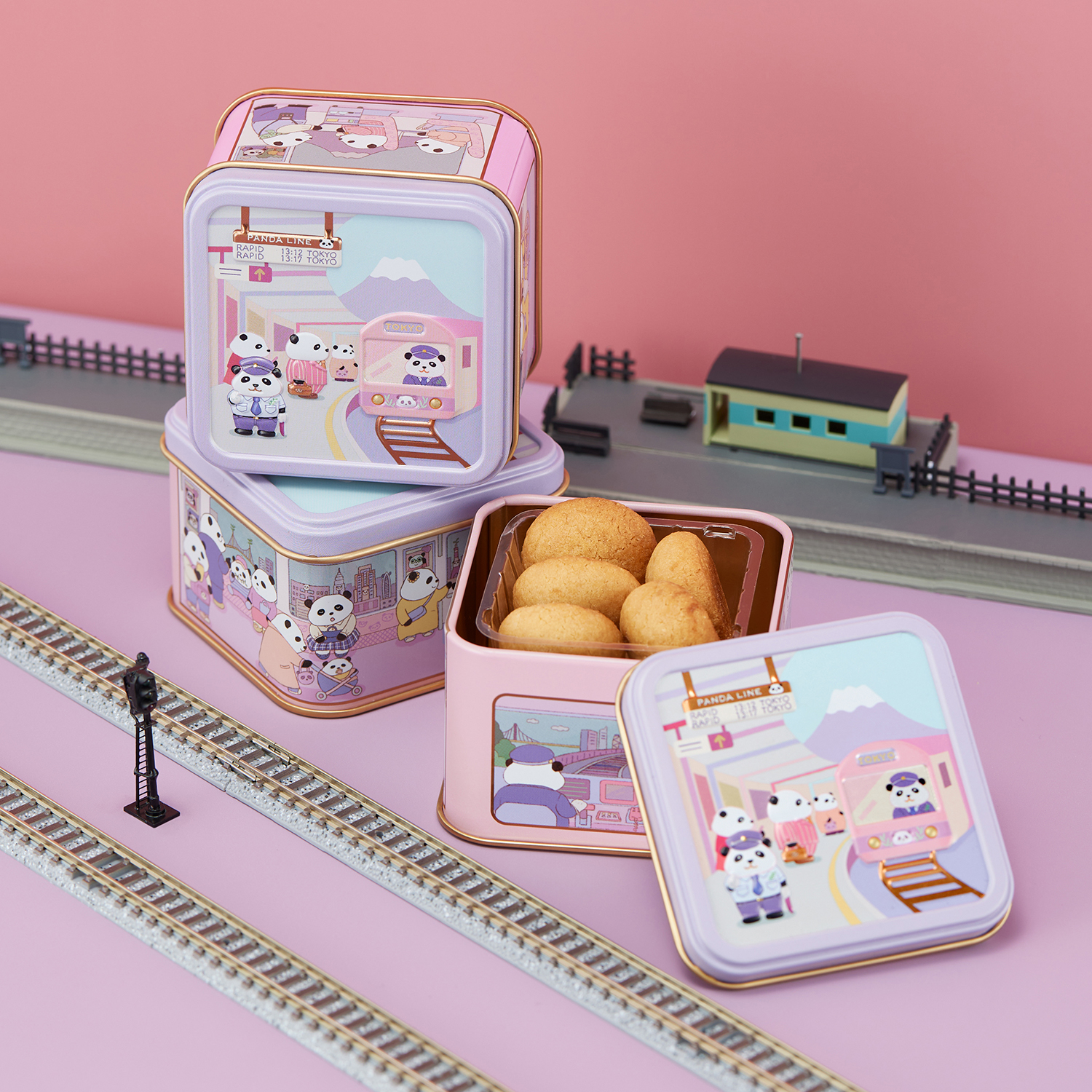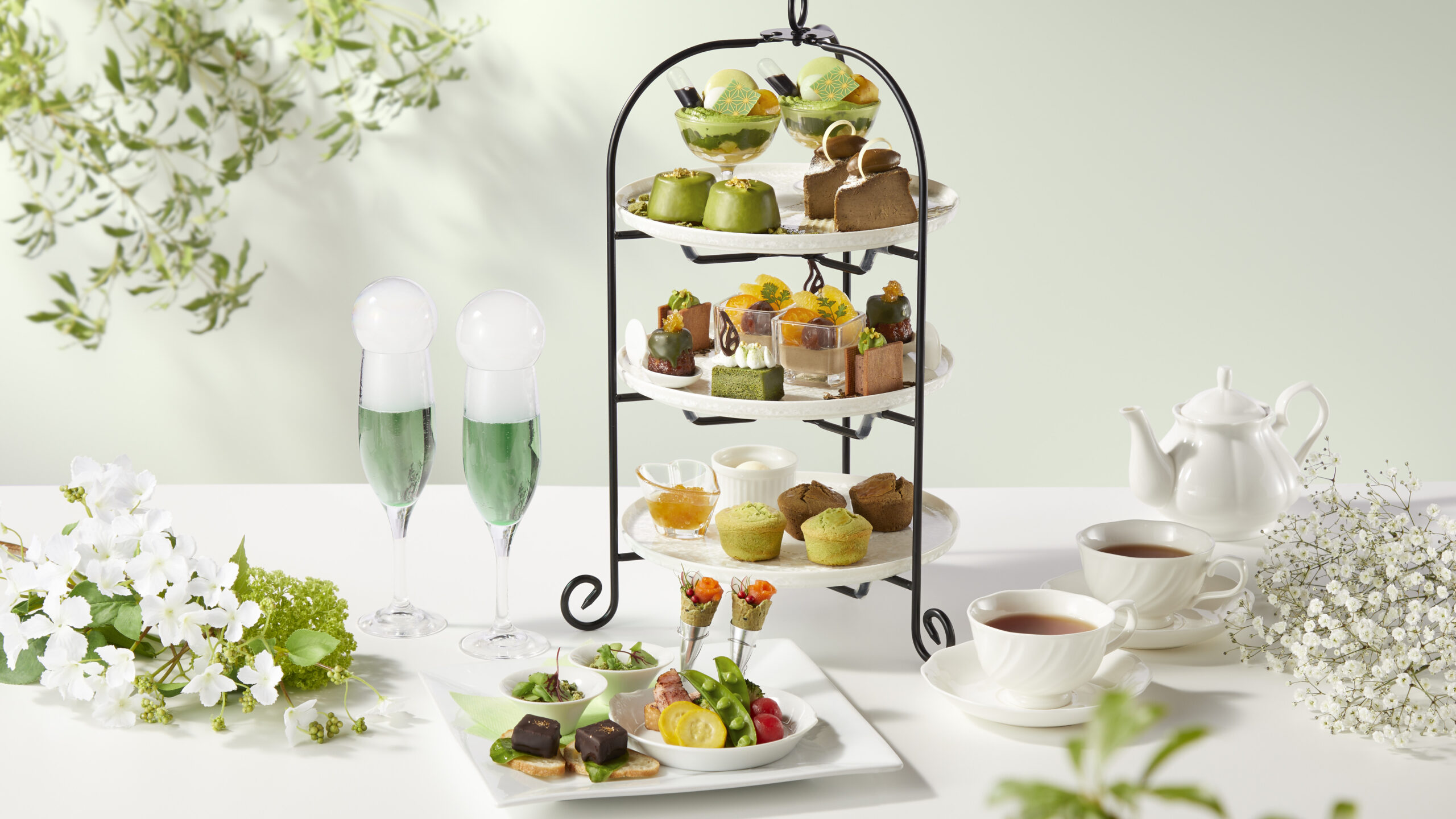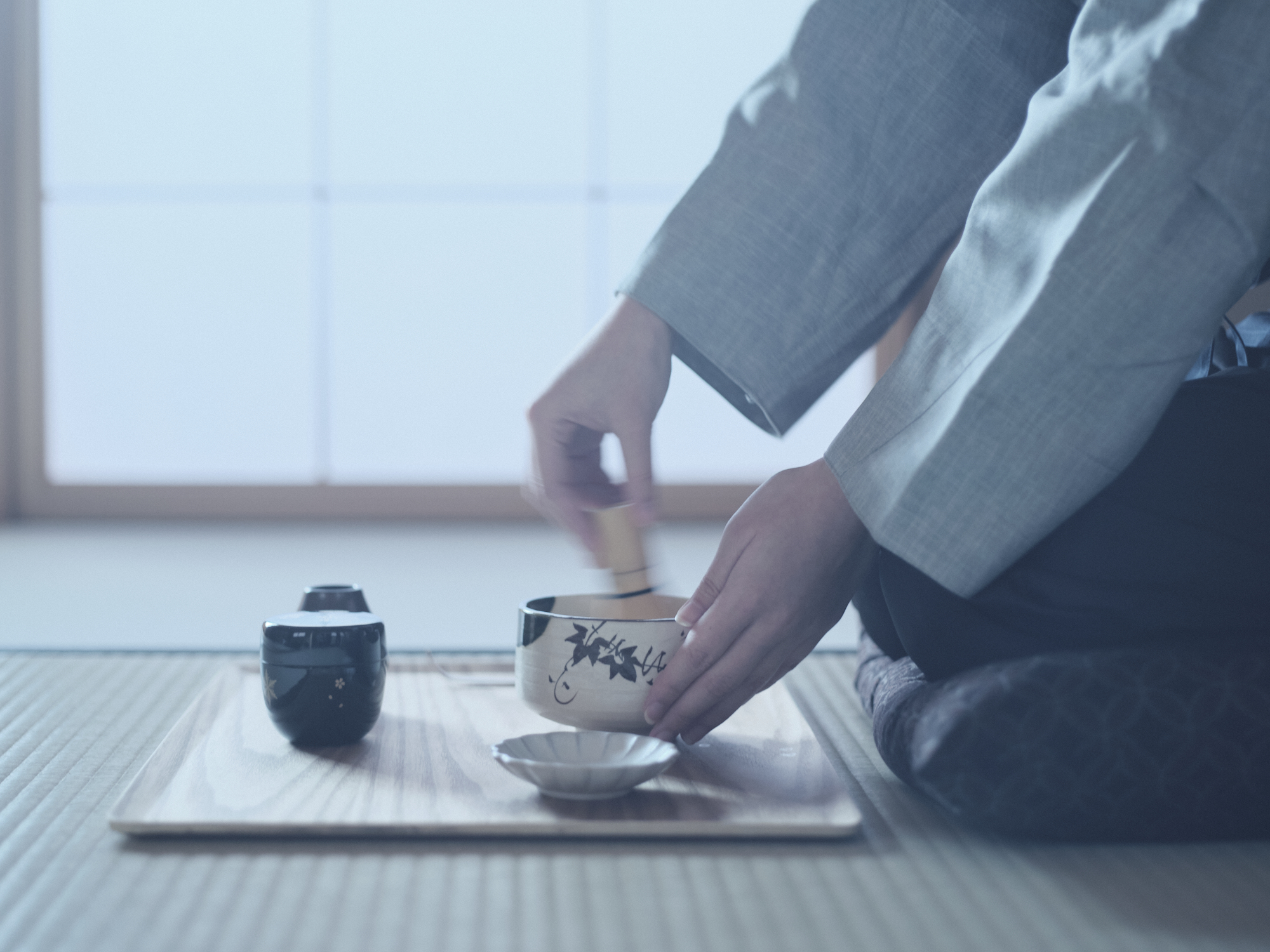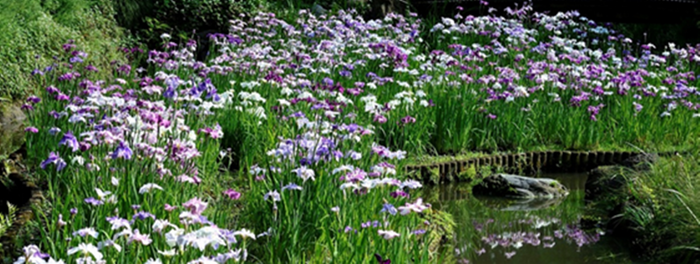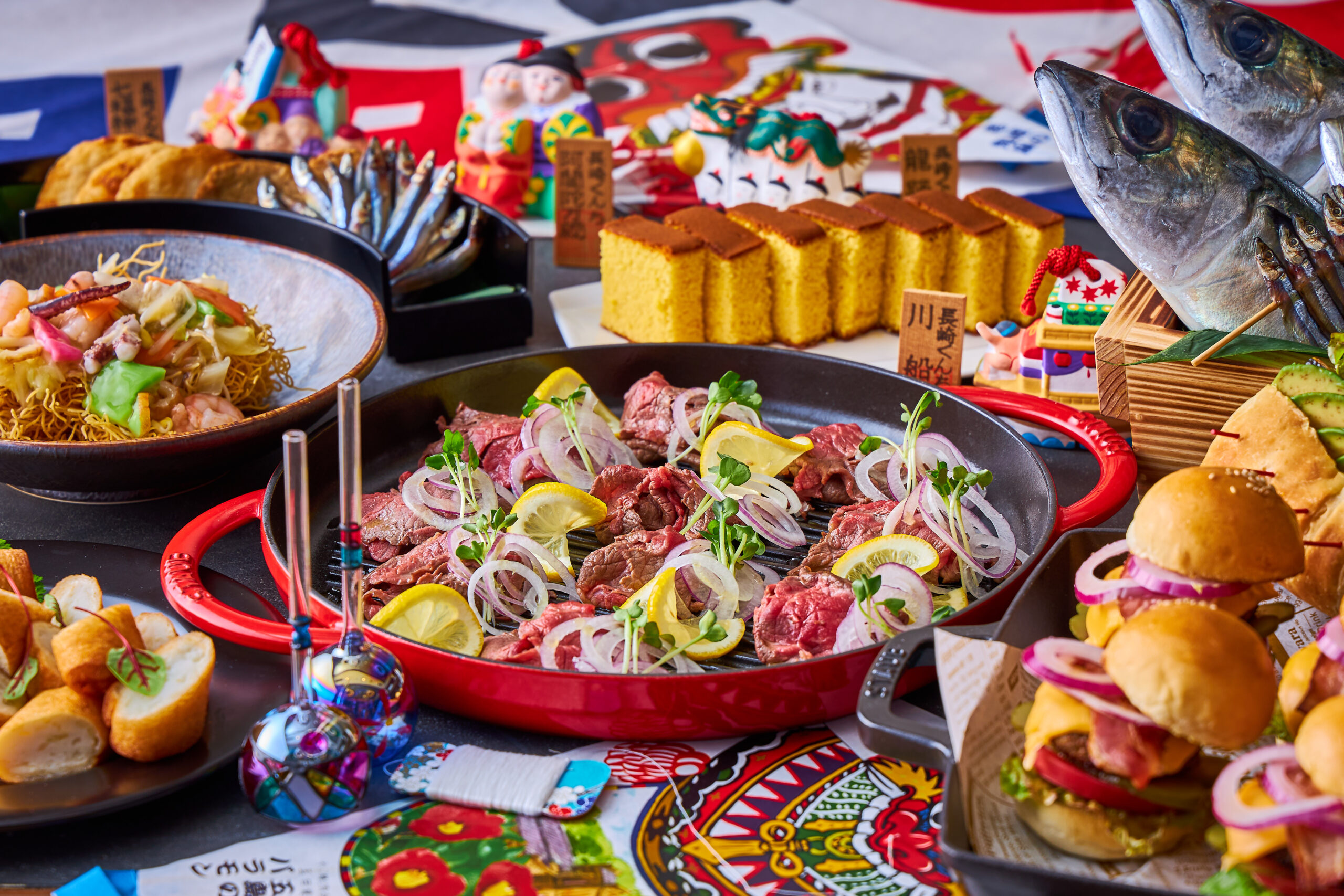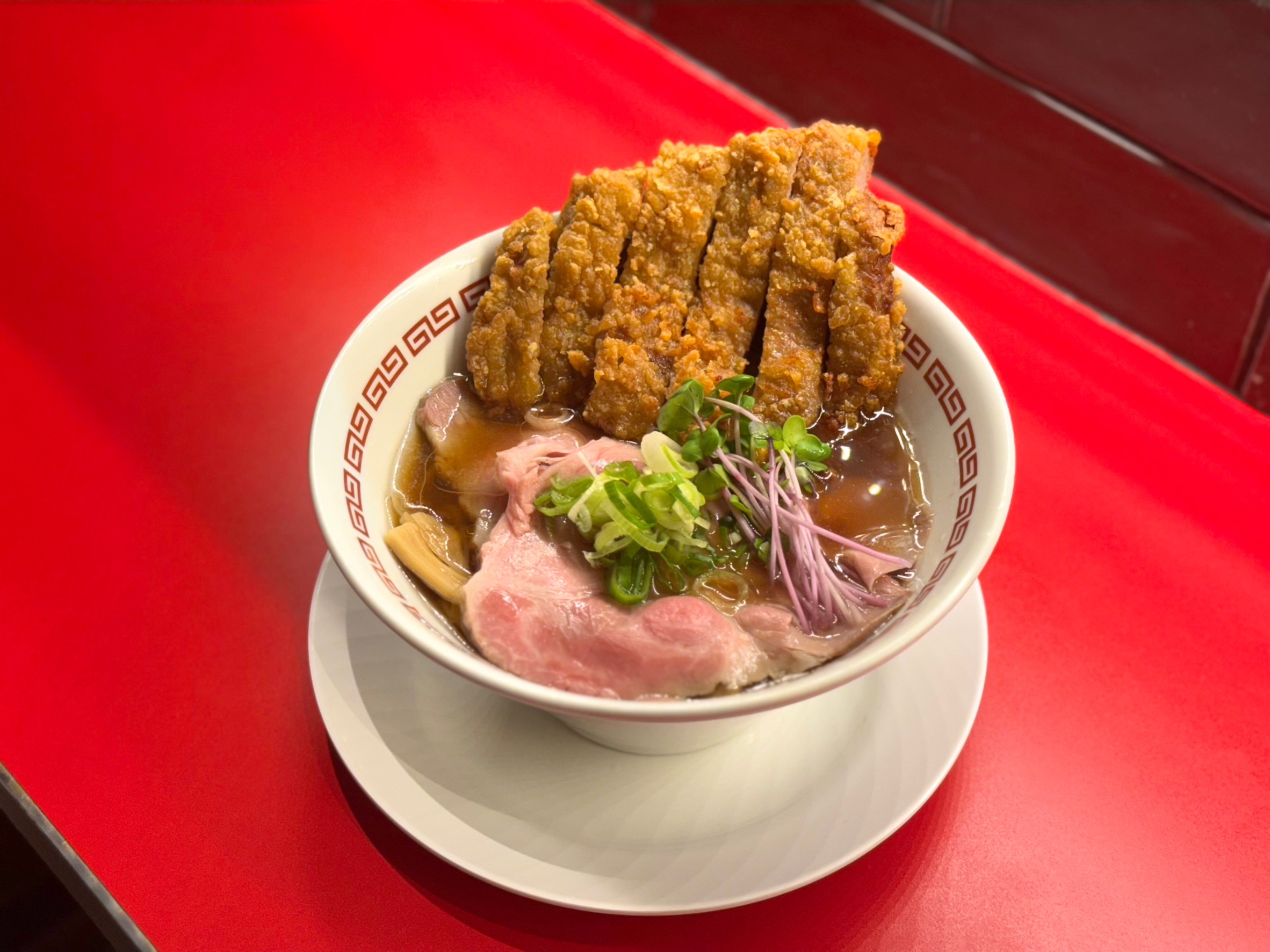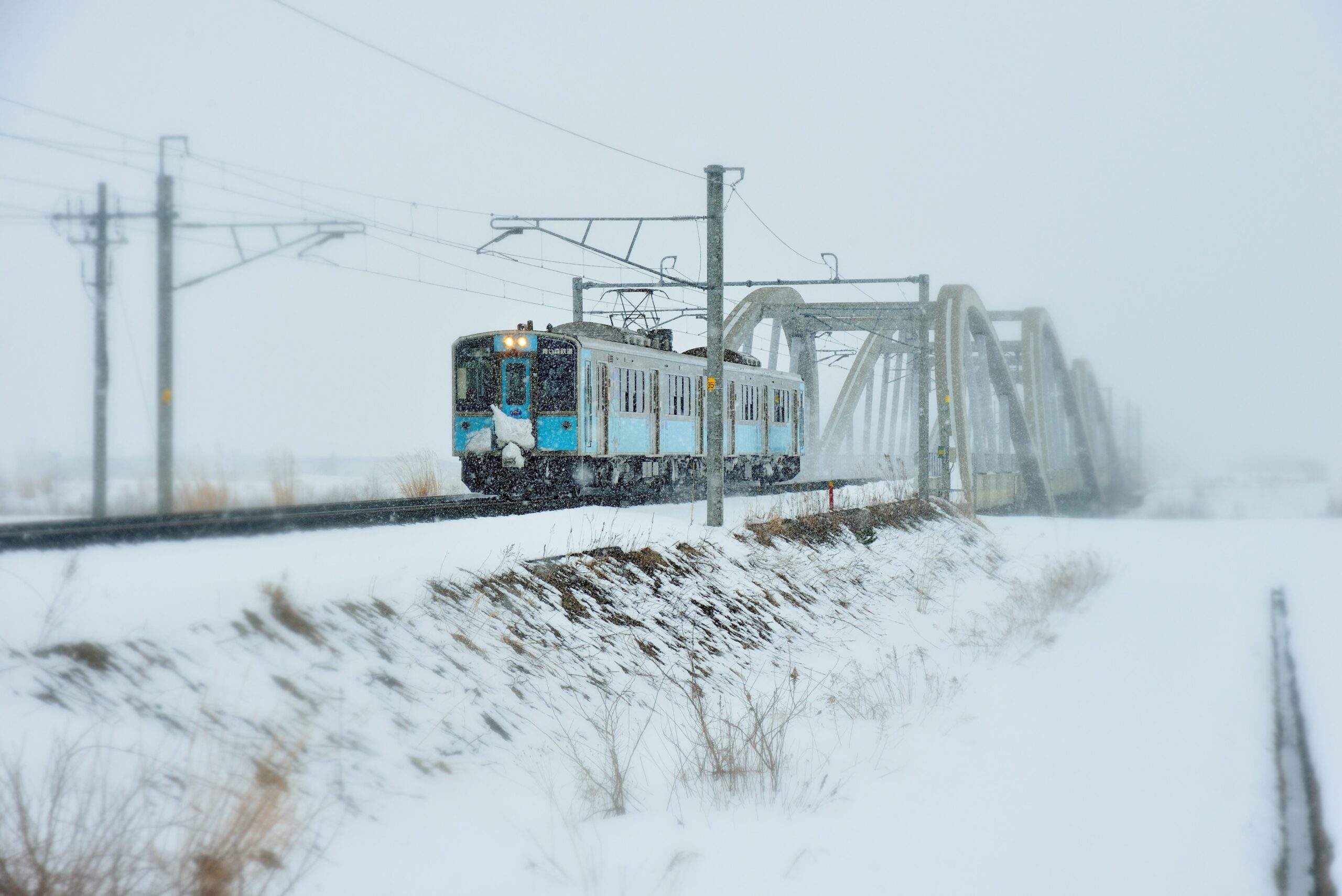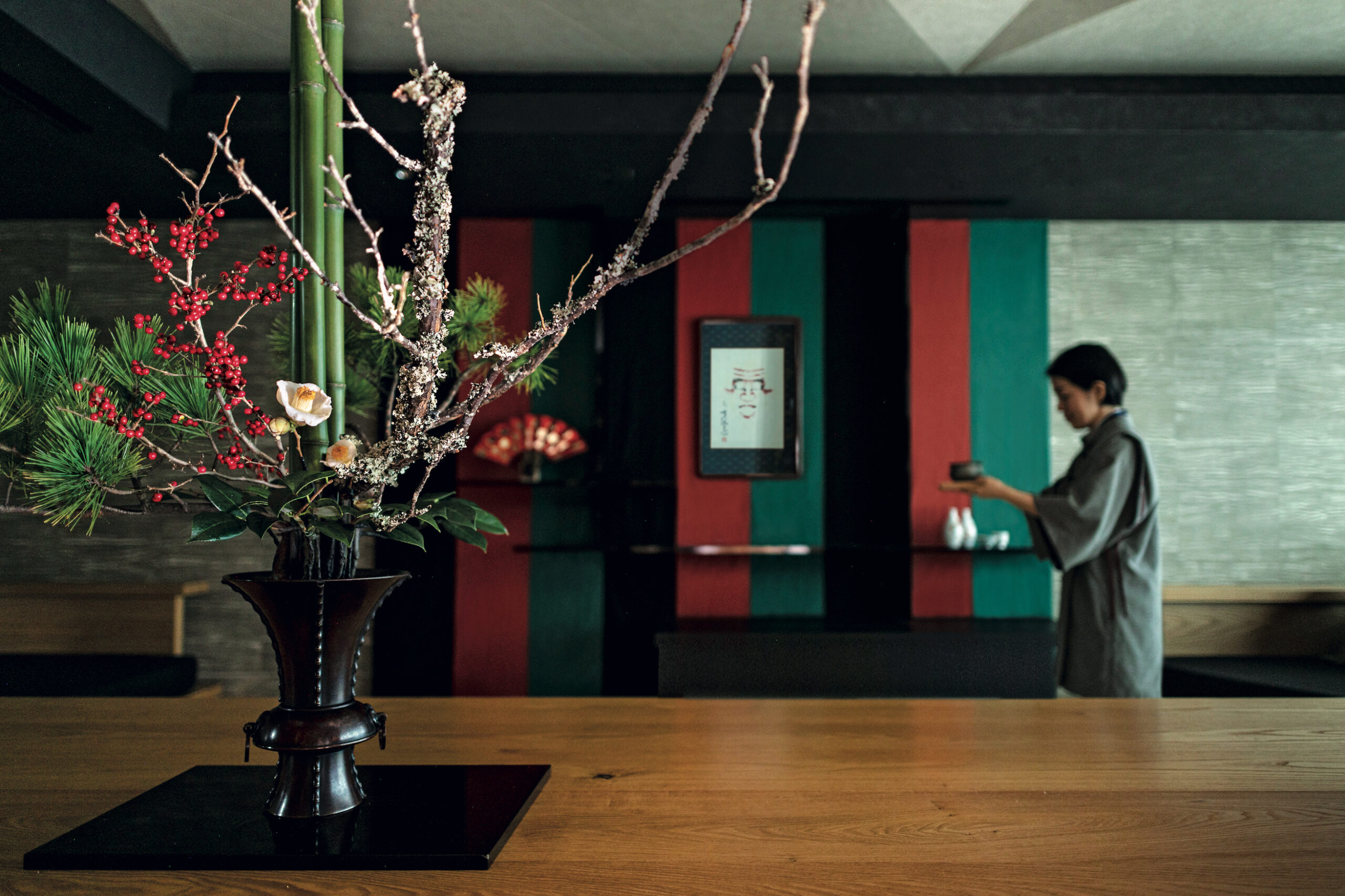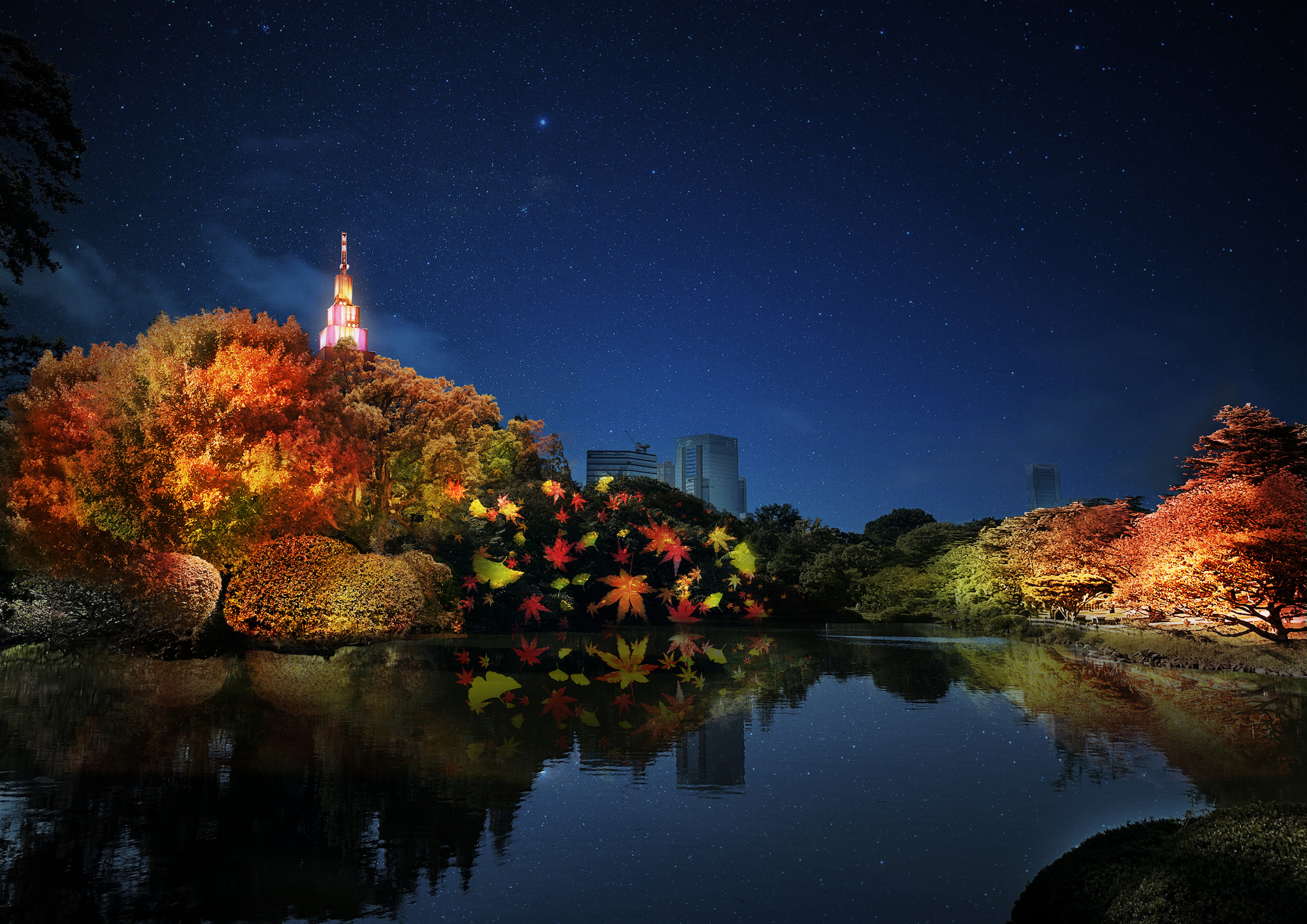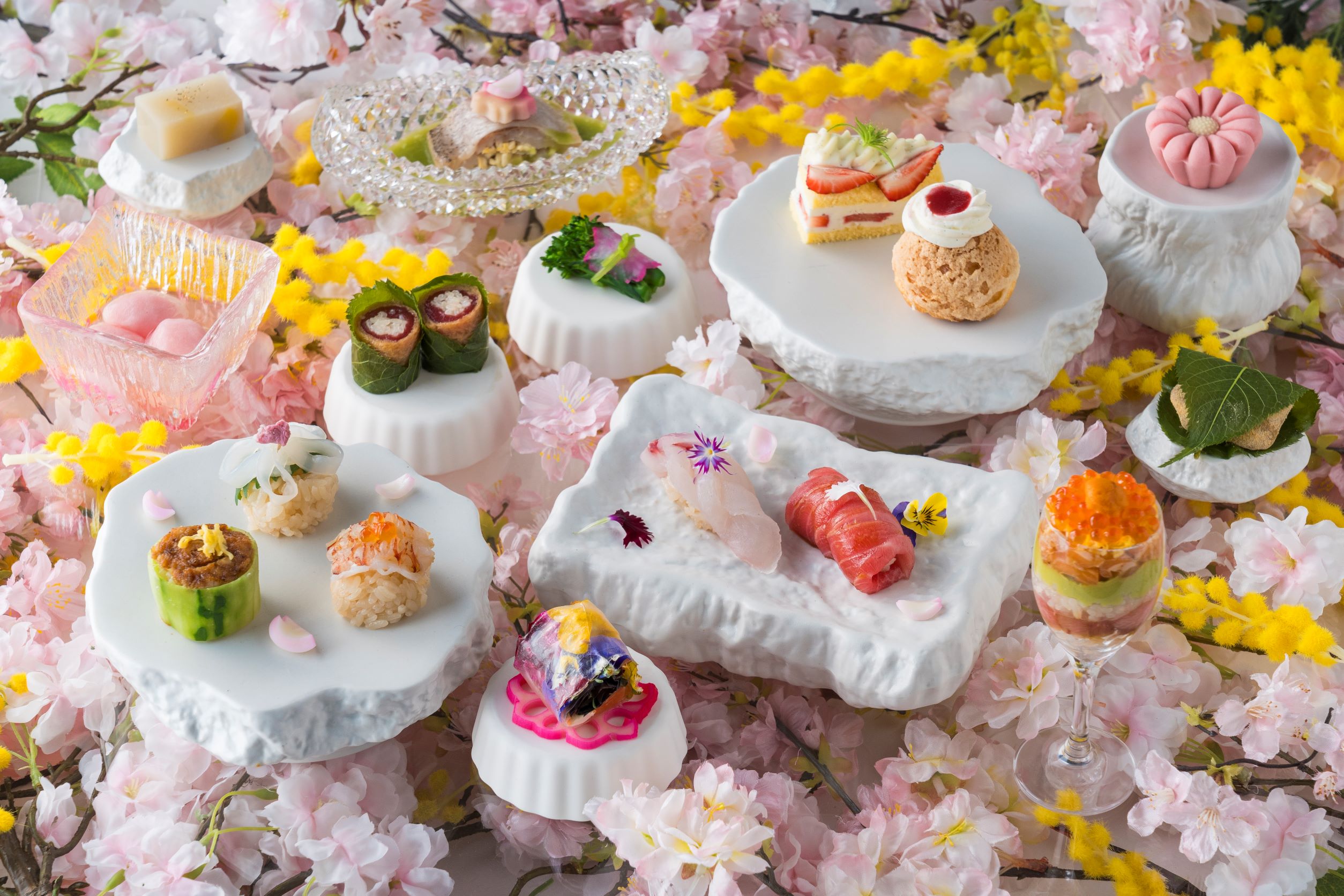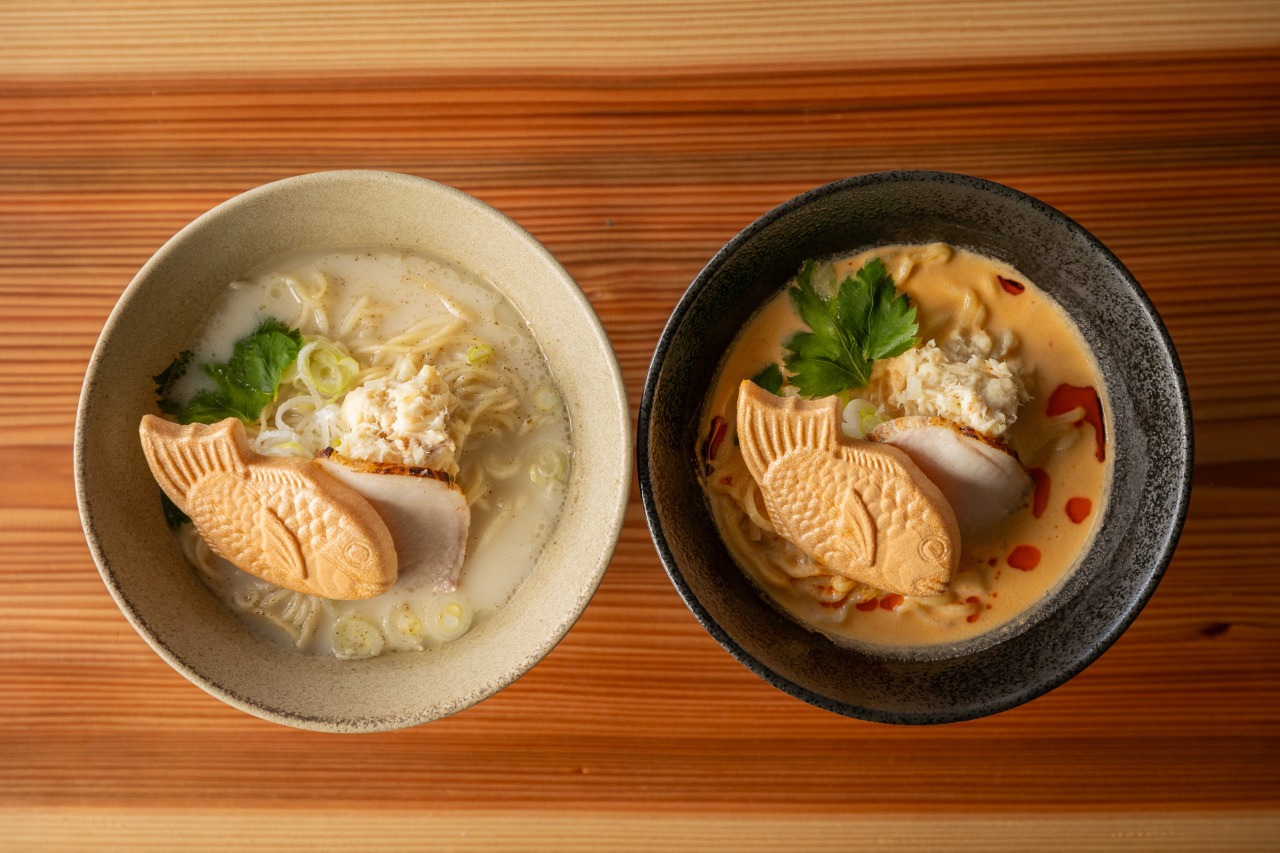Izumo tour taxi "The Rabbit"
The Izumo Tourism Association operates the “Izumo Tour Sightseeing Taxi The Rabbit”, which allows you to travel around the city of Izumo with peace of mind even in the event of a corona storm.
We propose a new travel style in the era of with corona, “only now, only here, only you” while thoroughly implementing preventive measures against new coronavirus infections.
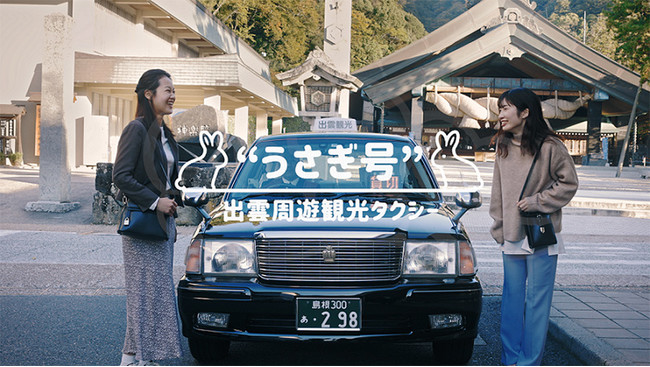
Amagafuchi
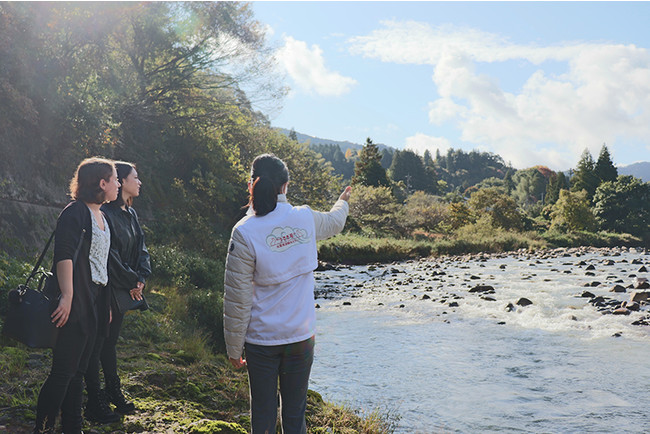
It is said that “Yamata no Orochi” lived in the upper reaches of the Hii River.
The stairs leading from the parking lot to the road and the edge of the river that makes you think that Orochi will come out, you can think of the mythical world with a sense of tension and a mysterious atmosphere.
* “Yamata no Orochi” is a monster with eight heads
Kamaishi
It is said to be the trace of the kiln used by “Susano no mikoto” to make a very strong sake called “Yashioori no Sake”, which was made by Yamata no Orochi.
It seems that the power of Susano no mikoto is overflowing from the stones that stand quietly in the mountains surrounded by silence.
Since you will walk in the mountains for about 5 minutes from the parking lot, shoes that are easy to walk in are recommended.
*”Susanoo-no-Mikoto” is a hero in Japanese mythology
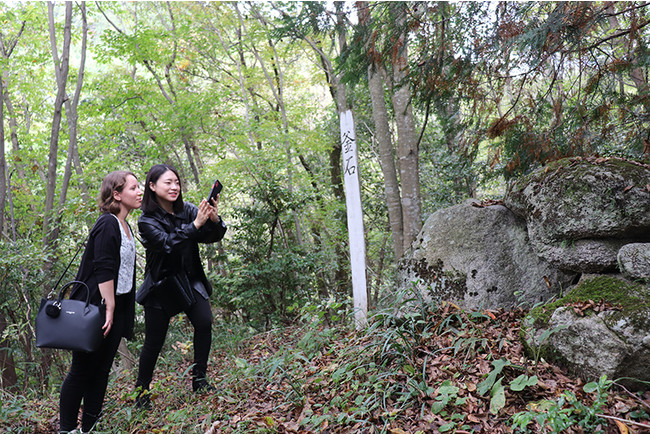
8 cedars
It is said that Susano no mikoto, who defeated Yamata no Orochi, buried the eight necks he had cut off in the soil and planted eight cedar trees on top of them.
How did Susano no mikoto fill his neck one by one?
It is a mysterious space that suddenly appears in the town.
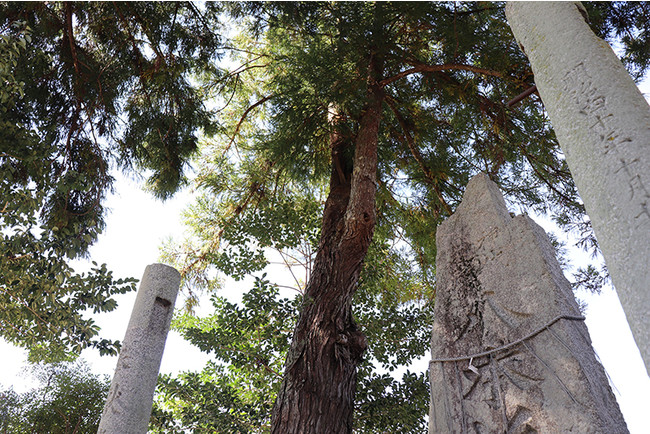
Suga Shrine
It is said that Susano no mikoto was built with his wife Inatahime no mikoto.
It is said to be the oldest song in Japan, which is the first song in Japan and is written by Susano no mikoto, “He makes Yaegaki on Yaegaki Tsumagomi.”
This place is said to be the origin of the country name of “Izumo” as well as “the company where Waka originated”.
It is said that the spirits of the two gods and their sons are calm, and there are benefits of marriage, marital harmoniousness, and childbirth.


Susa Shrine
There are many shrines that enshrine Susano no Mikoto, but this is the only shrine that enshrines the soul of Susano.
His wife, Inatahime no mikoto, and her parents, who are the gods involved in the extermination of Yamata no Orochi, are enshrined.
The main shrine illuminated by the light leaking through the trees and the huge cedar towering to protect it have a mysterious atmosphere as if time had stopped since the mythical era.
It has been featured in the media as the number one power spot in Japan and is attracting attention.
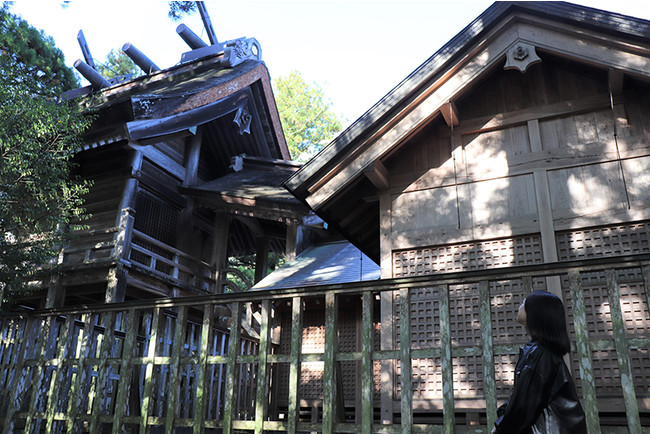
A stop-off place around Susa Shrine "Restaurant Susano"
A restaurant adjacent to the hot spring facility “Yukarikan” where you can take a day trip bath.
It is very close to Susa Shrine and on the other side of the river.
You can enjoy not only Izumo soba, but also Yamakake rice and cooked rice, which are unique to the local area.
You can also enjoy the autumn leaves from the rest spot along the river.
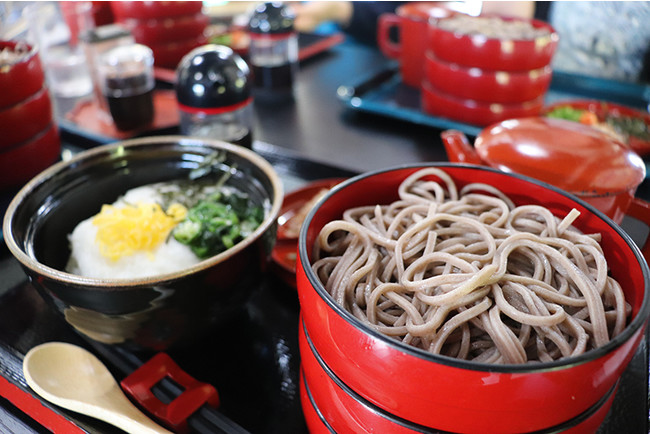

Saijo persimmon, a special product that represents Izumo in autumn
Persimmons are actively cultivated on the sunny slopes that open to the south of the northern part of Izumo City.
It is also the number one producer in Shimane.
Various varieties are cultivated in Saijo, Fuyu, Izu, etc.
Among them, Saijo persimmon, which has a vertically long shape and has four grooves, won the grand prize at the competition and is a special product representing Izumo City.
Various processed products are also made, so how about a souvenir for your trip to Izumo?

Japanese Cuisine Hokichi "Lake Shinji Shijimi Shell Steamed Set"
It is a Japanese restaurant where you can enjoy seasonal dishes with a focus on local ingredients.
You can enjoy the chef’s original menu including the sweet and spicy seasoned freshwater clam shell steamed from Lake Shinji, appetizers, seasonal sashimi, tempura, and the famous grilled sesame tofu.
